Introduction

When it comes to oil and gas exploration, understanding casing drilling systems is crucial. These systems play a vital role in the drilling process, providing stability and protection to the wellbore. Exploring casing drilling sizes is also essential, as selecting the right size can greatly impact the success of drilling operations. Let's delve into the significance of casing in oil and gas exploration and how it contributes to the overall efficiency of drilling processes.
Understanding Casing Drilling Systems
Casing drilling systems are innovative tools used in oil and gas exploration to improve drilling efficiency. These systems integrate the casing string with the drill string, allowing for simultaneous casing installation and drilling operations. By eliminating the need for conventional cementing practices, casing drilling systems streamline operations and reduce overall well construction time.
Additionally, casing drilling systems offer greater flexibility in well design and construction. With the ability to drill and case simultaneously, operators can more easily navigate challenging formations and reduce the risk of wellbore instability. This flexibility also allows for more precise well placement, optimizing reservoir production and ultimately improving the overall economic viability of a project.
Exploring Casing Drilling Sizes
Drilling casing sizes refer to the various diameters of casings used in oil and gas wells. The selection of casing sizes depends on factors such as well depth, formation characteristics, and production requirements. Choosing the right size is crucial for maintaining well integrity, preventing fluid migration, and ensuring optimal reservoir production.
Casing sizes also play a crucial role in well completion and production. The right casing size can help control formation pressure, prevent blowouts, and facilitate efficient production operations. Additionally, casing sizes impact the overall cost of drilling and completion, making it essential to carefully consider the economic implications of choosing the appropriate size.
The Role of Casing in Oil and Gas Exploration
Casing plays a critical role in oil and gas exploration by providing structural support to the wellbore, preventing formation collapse, and isolating different geological formations from each other. It also serves as a conduit for extracting hydrocarbons from underground reservoirs while safeguarding environmental integrity.
Casing drilling systems are innovative technologies that have revolutionized the oil and gas exploration industry. These systems integrate the casing and drilling processes, allowing for continuous casing installation while drilling the wellbore. This eliminates the need for separate casing runs, saving time and reducing operational costs. By using a casing drilling system, operators can improve wellbore stability, reduce formation damage, and enhance overall drilling efficiency.
What is a Casing Drilling System?
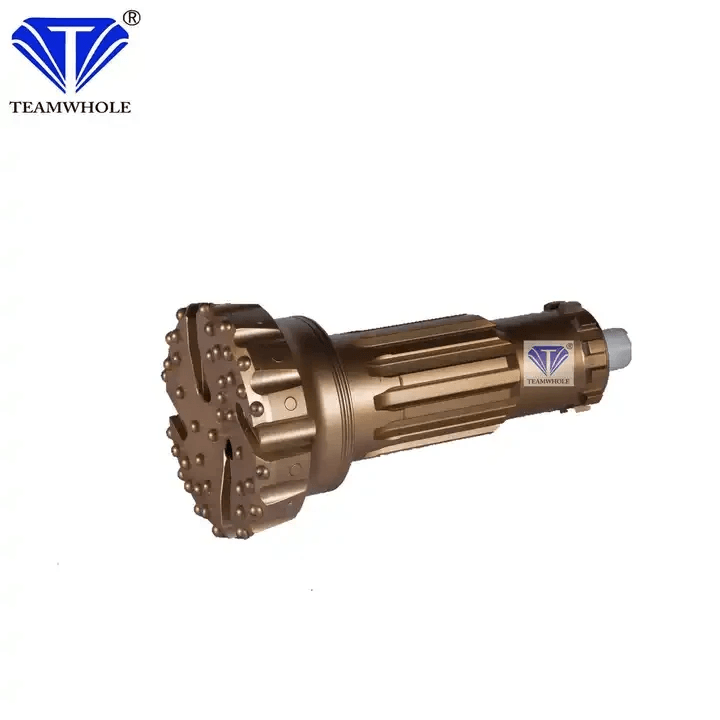
A casing drilling system is a method of drilling for oil and gas that involves simultaneously running and cementing the casing while drilling the wellbore. This innovative approach eliminates the need for conventional drill pipe, saving time and reducing costs in the drilling process.
Advantages of Using Casing Drilling Systems
The advantages of using casing drilling systems are numerous. They include improved wellbore stability, reduced risk of differential sticking, minimized formation damage, and enhanced hole cleaning efficiency. Additionally, casing drilling systems enable faster rig moves, reduce overall well construction time, and provide greater flexibility in well design.
Furthermore, casing drilling systems offer the advantage of reduced environmental impact due to their ability to minimize fluid loss and cuttings dispersion. This results in a cleaner and more sustainable drilling operation, making casing drilling systems an environmentally friendly choice for well construction projects. Additionally, the improved hole cleaning efficiency provided by these systems contributes to a more efficient and effective drilling process, ultimately leading to cost savings and enhanced operational performance.
Components of a Casing Drilling System
A typical casing drilling system consists of a top drive or power swivel to rotate the casing string, a downhole motor or turbine to provide the necessary torque for drilling, and a reamer shoe to guide the casing through the formation while maintaining hole gauge. Other components may include centralizers, float equipment, and cementing tools to ensure proper wellbore integrity.
In addition to the essential components of a casing drilling system, auxiliary tools such as centralizers play a crucial role in maintaining the integrity of the wellbore. Centralizers are used to ensure that the casing is properly centered within the wellbore, which helps prevent any potential issues such as differential sticking or poor cementation. Furthermore, float equipment is employed to control the placement of cement during the casing process, ensuring that it is properly positioned and preventing any unwanted fluid migration. These additional components work in tandem with the core elements of the system to enhance drilling efficiency and overall wellbore integrity.
Applications of Casing Drilling Systems
Casing drilling systems are widely used in various applications such as surface hole sections, intermediate sections, and production hole sections in both onshore and offshore drilling operations. These systems are particularly beneficial in challenging geological formations where conventional drilling methods may encounter difficulties.
Casing drilling systems are also commonly used in unconventional drilling operations such as horizontal and extended-reach wells. These systems provide greater stability and support for the wellbore, allowing for more efficient and effective drilling in these challenging environments. Additionally, casing drilling systems are often utilized in environmentally sensitive areas where minimizing the environmental impact of drilling operations is a top priority. The ability to reduce the number of casing strings required and minimize fluid loss makes these systems an attractive option for operators seeking to adhere to strict environmental regulations while maintaining operational efficiency.
Drilling Casing Sizes
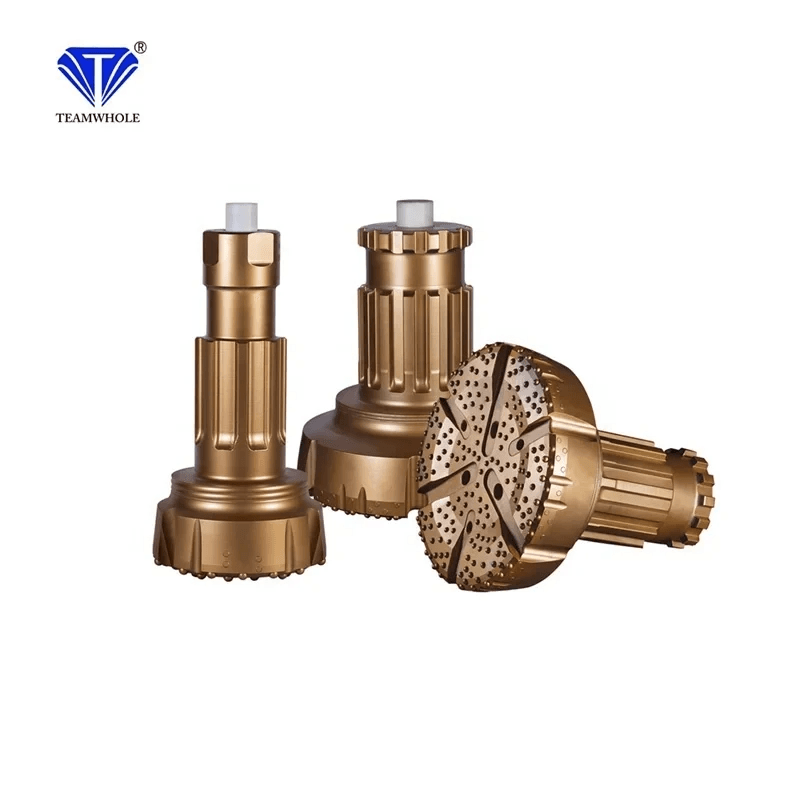
When it comes to drilling casing sizes, the industry commonly uses a range of sizes to suit different wellbore requirements. These can vary from smaller diameters for shallow wells to larger diameters for deeper wells with higher pressure and temperature conditions. The choice of casing size is crucial in ensuring the well's integrity and stability throughout its lifecycle.
Common Casing Sizes Used in the Industry
In the oil and gas industry, common casing sizes typically range from 4 1/2 inches to 20 inches in diameter. The selection of the appropriate casing size depends on various factors such as well depth, formation characteristics, and anticipated downhole conditions. Each size serves a specific purpose, from surface casing to production casing, providing structural support and preventing fluid migration within the wellbore.
In addition to well depth, formation characteristics, and anticipated downhole conditions, the selection of casing size also takes into account the type of drilling fluid being used. Certain types of drilling fluids may require larger casing sizes to accommodate their properties and ensure proper well integrity. Additionally, the casing size selection is influenced by the presence of any potential geological hazards or unstable formations that may require larger casing sizes for added stability and protection.
Factors Influencing Casing Size Selection
The selection of casing size is influenced by several key factors including formation strength, well depth, reservoir pressure, and temperature. For instance, a deeper well with higher pressure and temperature may require larger diameter casings to withstand the extreme downhole conditions. It's essential to consider these factors carefully when determining the optimal casing size for each section of the well.
Choosing the right casing size is crucial for ensuring the integrity and stability of the wellbore. In addition to withstanding downhole conditions, the casing size also affects the production capacity and overall efficiency of the well. A larger casing diameter can accommodate larger production equipment, allowing for increased production rates and enhanced reservoir recovery. On the other hand, a smaller casing size may limit production capabilities and hinder reservoir performance. Therefore, selecting the optimal casing size is essential for maximizing the well's productivity and longevity.
Importance of Choosing the Right Casing Size
Choosing the right casing size is crucial as it directly impacts the overall success and longevity of a well. An undersized casing may lead to structural failure or fluid migration issues, jeopardizing safety and environmental protection. Conversely, an oversized casing can result in unnecessary costs without providing any additional benefits. Therefore, careful consideration must be given to selecting the appropriate casing size for each drilling operation.
Benefits of Casing in Drilling
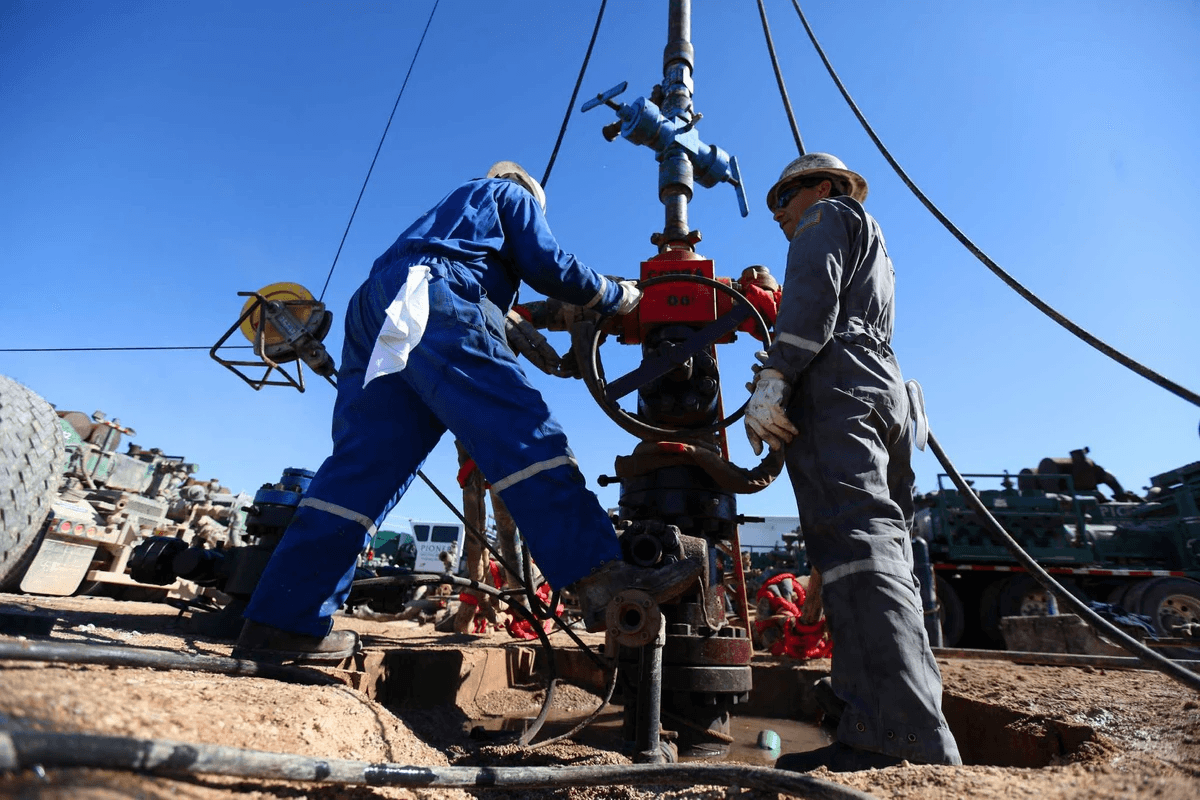
Casing plays a crucial role in drilling by protecting the wellbore from collapsing or caving in. By lining the wellbore with casing, it provides structural support and prevents formation fluids from entering the well. This ensures the safety and integrity of the well, making it an essential component in oil and gas exploration.
Protecting the Wellbore with Casing
Casing acts as a barrier between the wellbore and surrounding formations, preventing any potential cave-ins or collapses. It also helps to isolate different geological formations, reducing the risk of contamination and ensuring that drilling operations can proceed smoothly without any obstructions. This protection is vital for maintaining a safe and stable wellbore throughout the drilling process.
Enhancing Well Stability with Casing
The use of casing enhances the stability of the well by providing structural support to prevent any deviation or collapse during drilling operations. It helps to maintain the integrity of the borehole, ensuring that it remains open and stable, even under high-pressure conditions. This stability is essential for successful drilling operations and for safeguarding the overall productivity of the well.
The use of casing not only provides stability during drilling operations but also helps in preventing the infiltration of unwanted fluids or gases into the wellbore. This is crucial for maintaining the integrity of the well and ensuring that it operates efficiently without any contamination or pressure imbalances. By sealing off potential pathways for fluid migration, casing plays a key role in protecting the overall health and performance of the well.
Ensuring Well Integrity with Casing
Casing ensures that the well maintains its integrity by preventing any leaks or seepage into surrounding formations. It acts as a protective barrier, preventing any unwanted fluids from entering or exiting the wellbore, thus maintaining its overall integrity and security. This is crucial for upholding safety standards and environmental regulations within oil and gas exploration.
Casing also plays a critical role in supporting the well structure, providing stability and preventing collapse. By encasing the wellbore in durable materials such as steel or cement, it helps maintain the structural integrity of the well, especially in challenging geological conditions. This ensures that the well can withstand high pressures and extreme temperatures, safeguarding it against potential hazards and ensuring long-term operational reliability.
Teamwhole's Concentric Casing Drilling Systems
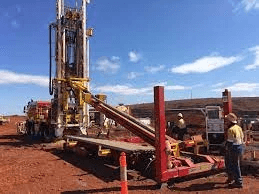
Features and Capabilities of Teamwhole's Systems
Teamwhole's concentric casing drilling systems are designed to provide efficient and reliable drilling solutions for various applications in the oil and gas industry. These systems are equipped with advanced technology that allows for simultaneous casing running and drilling, reducing operational time and costs. With features such as high torque capacity and excellent weight-on-bit control, Teamwhole's systems ensure optimal performance in challenging drilling environments.
Applications and Industries Utilizing Teamwhole's Systems
Teamwhole's concentric casing drilling systems are widely utilized in a range of applications, including conventional oil and gas exploration, as well as unconventional resource development such as shale gas and tight oil plays. These systems have been successfully deployed in various industries, including offshore drilling, onshore production, and geothermal energy projects. The versatility of Teamwhole's systems makes them a preferred choice for operators seeking efficient drilling solutions.
Advantages of Choosing Teamwhole's Concentric Casing Drilling Systems
Choosing Teamwhole's concentric casing drilling systems offers numerous advantages for operators in the oil and gas industry. These systems enable faster well construction by eliminating the need for multiple trips downhole, resulting in significant time savings. Additionally, the ability to drill with casing reduces wellbore instability issues and minimizes formation damage, ultimately leading to improved well productivity and longevity.
Conclusion
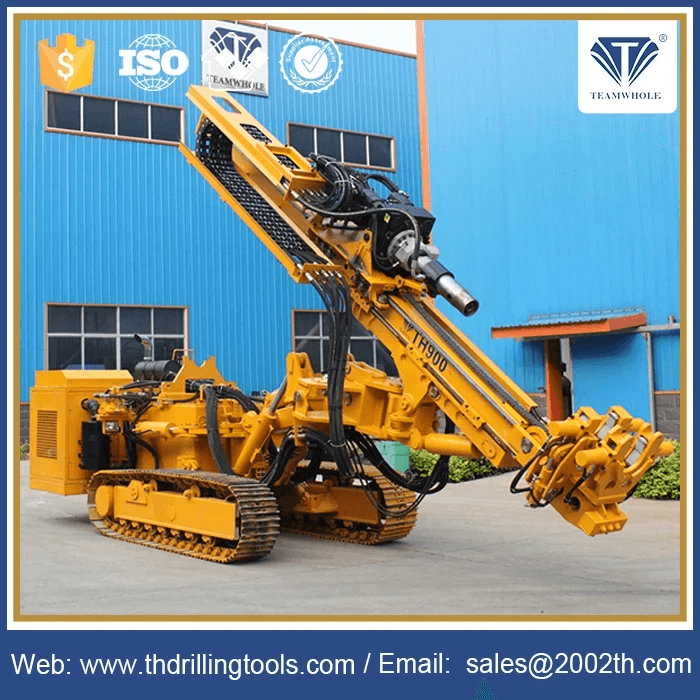
When using casing drilling systems, it's crucial to consider the specific requirements of the well and the drilling operation. Factors such as well depth, formation characteristics, and drilling environment should all be carefully evaluated to ensure the successful implementation of a casing drilling system.
Key Considerations When Using Casing Drilling Systems
Choosing the right casing size is essential for optimizing well performance and integrity. By carefully evaluating factors such as formation properties, wellbore stability, and hydraulic requirements, informed decisions can be made about the most suitable casing size for a particular drilling operation.
Making Informed Decisions About Casing Sizes
In the oil and gas industry, casing plays a critical role in ensuring wellbore integrity and stability. It provides structural support to prevent collapse, isolates formations to prevent fluid migration, and protects against external forces that could compromise the well's integrity.
Leveraging the Advantages of Teamwhole's Concentric Casing Drilling Systems
Teamwhole's concentric casing drilling systems offer a range of advantages including improved hole quality, reduced operational time, and enhanced safety during drilling operations. With innovative features and capabilities designed to meet diverse industry needs, Teamwhole's systems are a valuable asset for oil and gas exploration projects.
Remember that making informed decisions about casing sizes and leveraging advanced casing drilling systems can significantly impact the success of oil and gas exploration projects. By understanding the role of casing in drilling operations and utilizing cutting-edge technologies like Teamwhole's concentric casing drilling systems, companies can achieve greater efficiency and reliability in their exploration endeavors.

